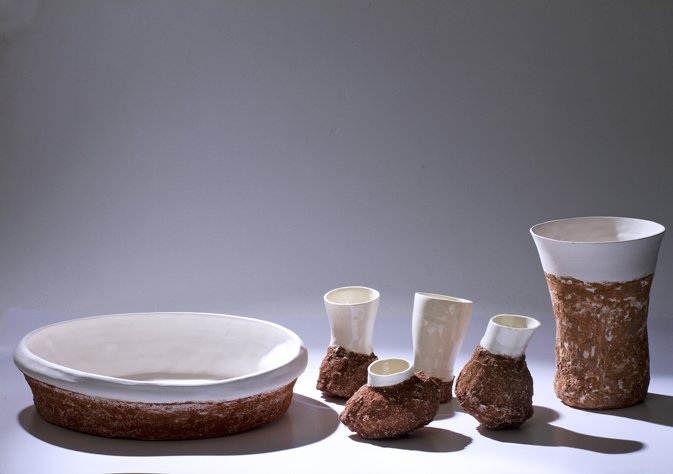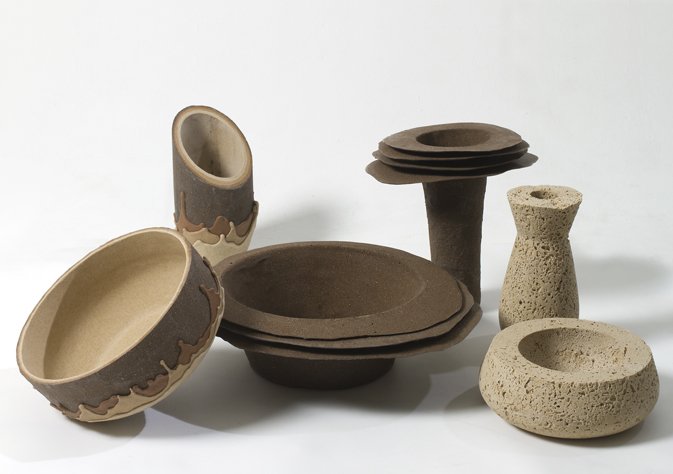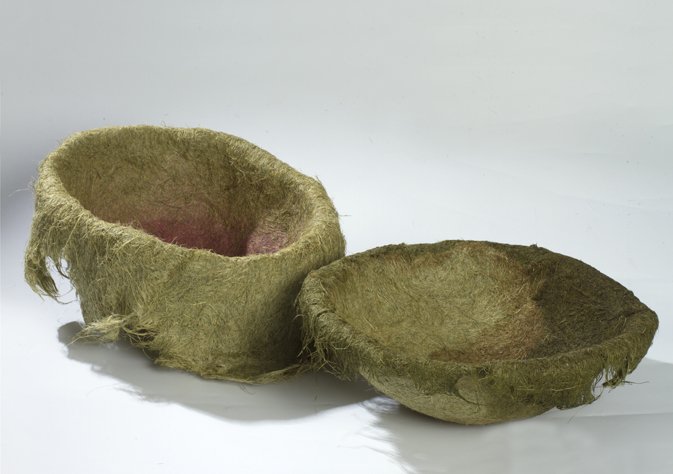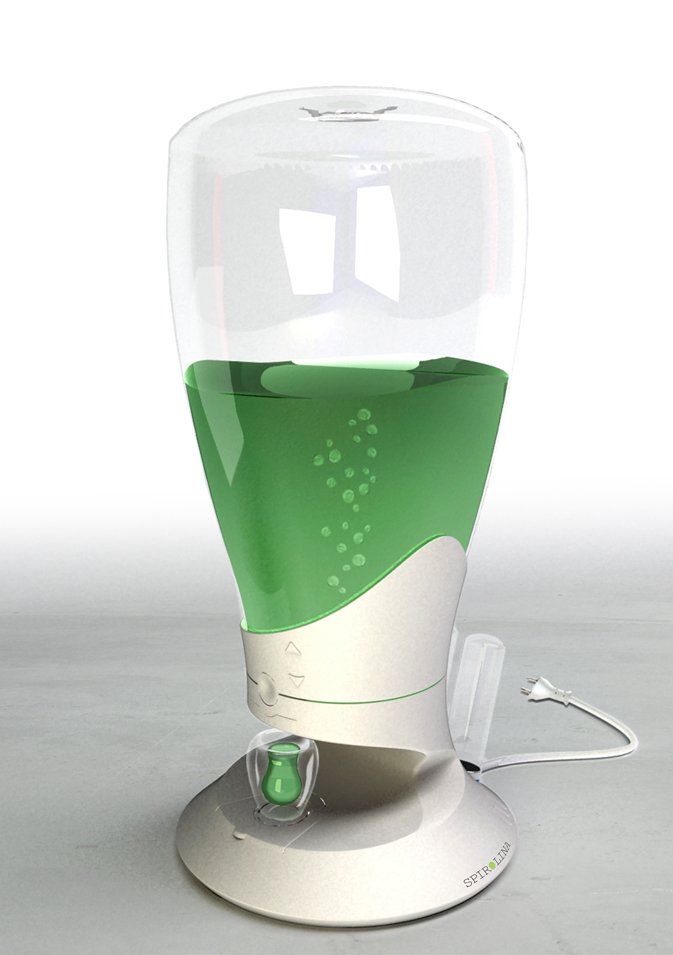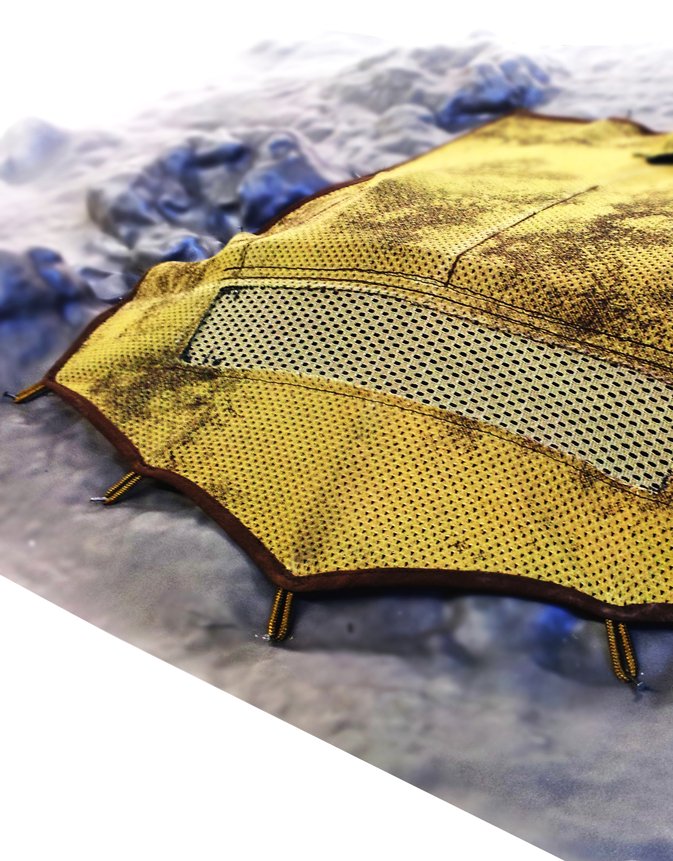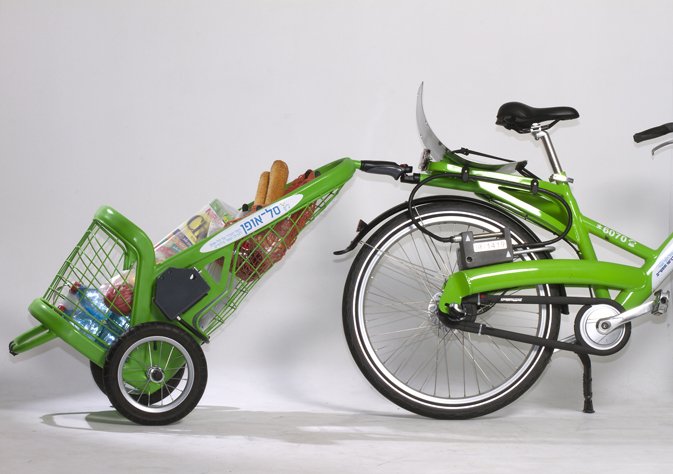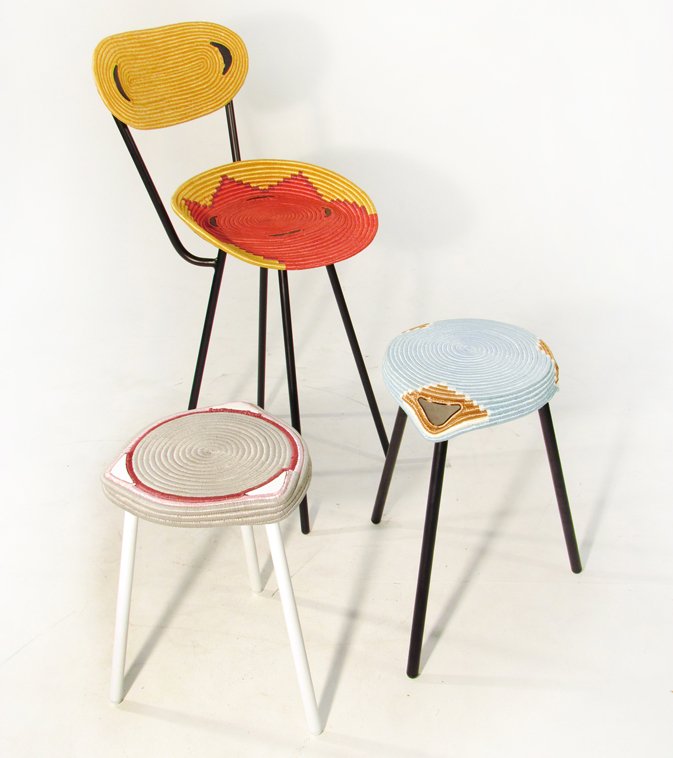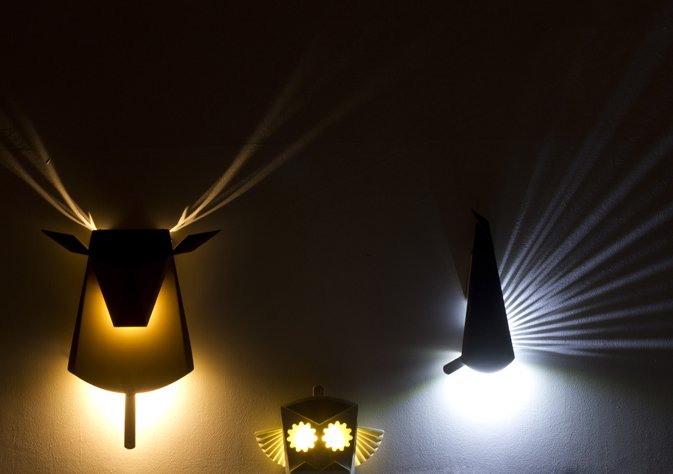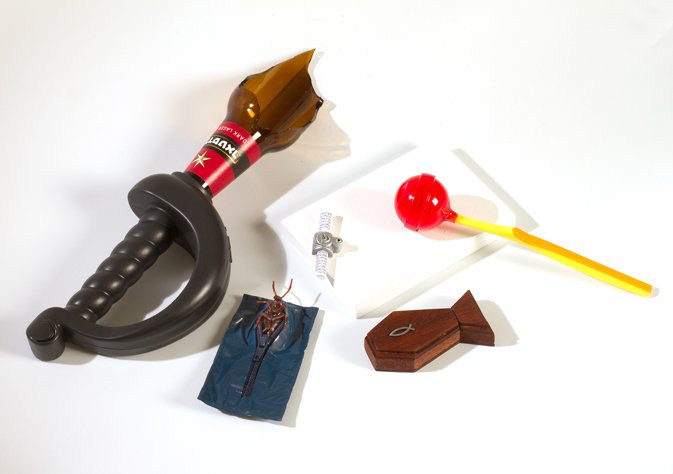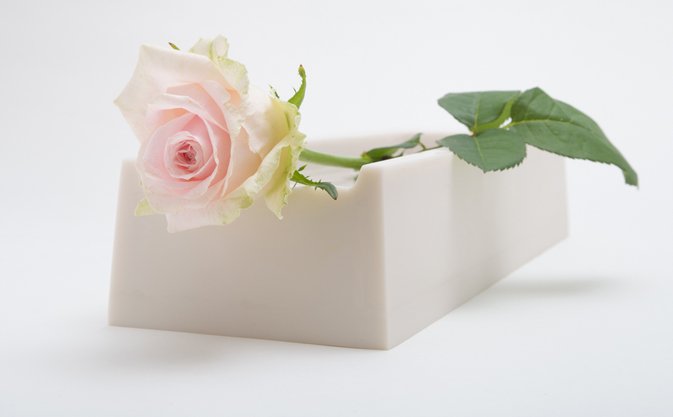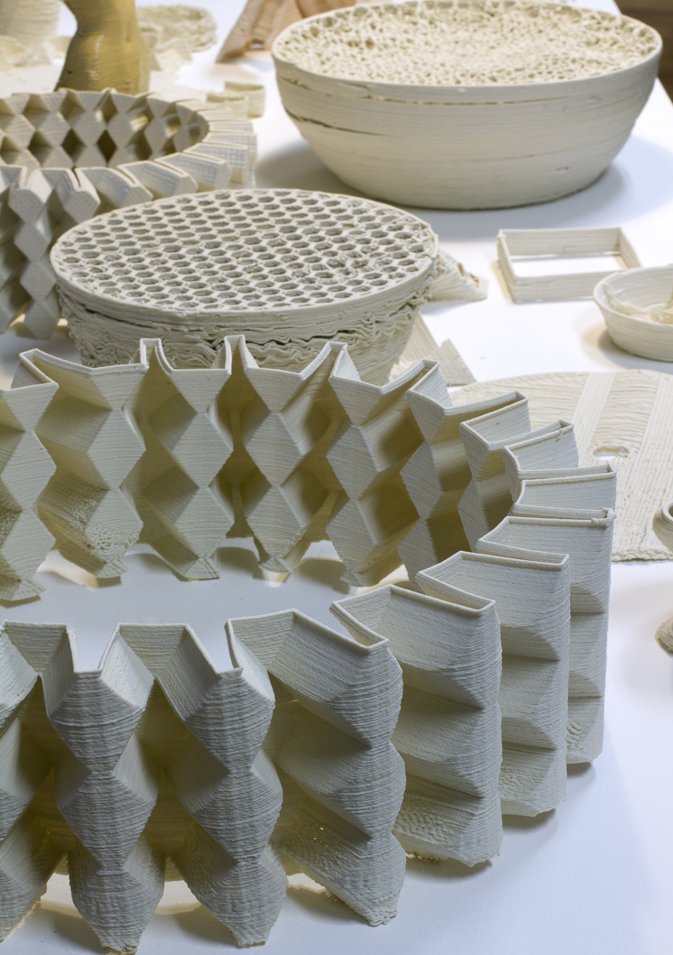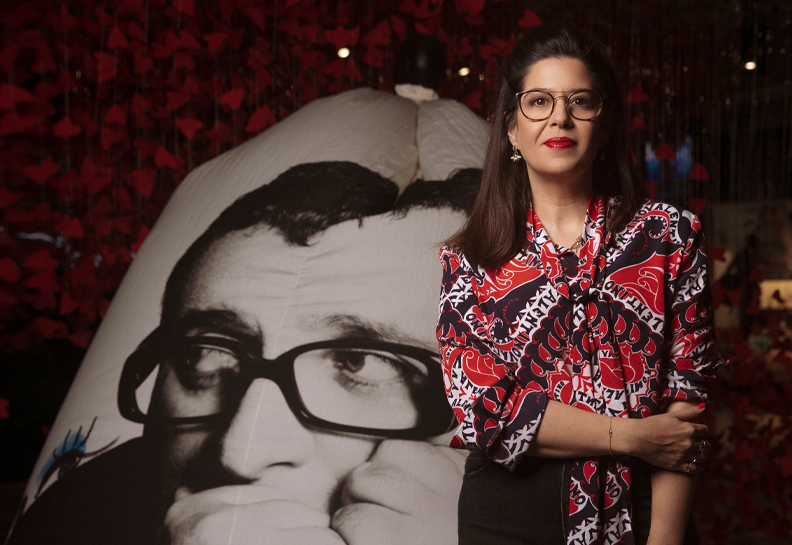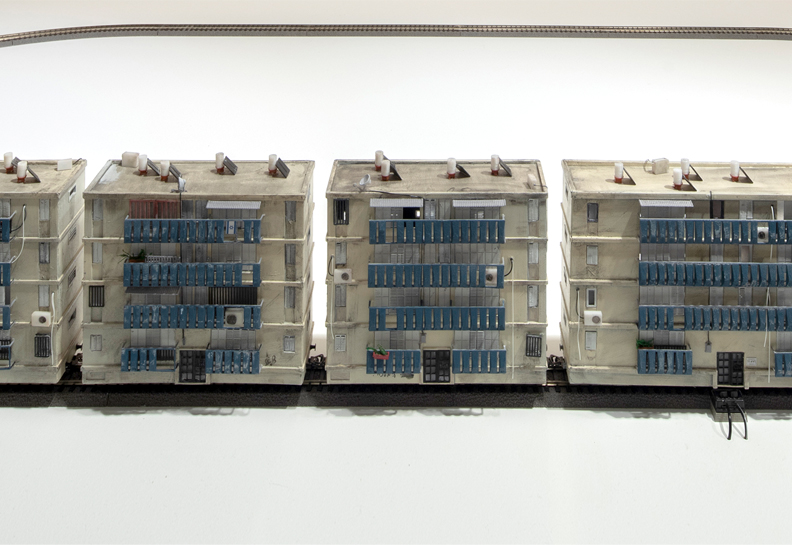The graduate exhibition of the Faculty of HIT was launched last week under the title: Graduate Exhibition in an Era of Excess Information and Short Attention Span.
The graduate exhibition of the Faculty of Design at Holon Institute of Technology-HIT was launched last week under the title: Graduate Exhibition in an Era of Excess Information and Short Attention Span.”In the digital age, ‘browsing’ is our main mode of thinking”, states the exhibition text, “We are drowning in a sea of information and desperately need people to choose, store, and manage the inconceivable amount of information so we can consume it more easily”.This desperate need of which HIT speaks is not new. The term ‘curated consumption’ was coined almost five years ago by Trendwatching, which contended that the infinite abundance and shortage of time typifying modern life is driving us into the arms of a new breed of ‘curators’ and editors, who pre-select for us what to buy, what to experience, what to wear, what to read, what to drink, and so on. The search for someone to edit and curate this inexhaustible abundance for us has also created completely new consumer spaces – shops that look like art galleries and museum exhibitions (such as Colette in Paris and Corso Como in Milan).However, it is not only consumer experts that have identified this need for curated consumption to make it easier for us to consume the ungraspable abundance. In recent years design schools have adopted a ‘curating’ approach and in their end-of-year exhibitions have chosen to present (and emphasize) only some of the projects, those that better serve the institution itself, and ‘hide’ others, or even not show them at all. This trend has attracted considerable attention in the past year, and even gave rise to a panel discussion that was held at HIT on the subject. The prevailing trend of designing graduate exhibitions as if to all intents and purposes they were museum exhibitions has engendered debates and questioned whether this kind of presentation improves viewing quality of the projects. And another question – how does presentation in such ‘professional’ exhibition spaces affect the quality of the projects themselves? Does it not create a misrepresentation of a ‘pinnacle’ the students reach at the end of four years from which they can only come down? Does it not establish unrealistic expectations from life after the exhibition?It is evident that the department heads at HIT are aware of the debates taking place on these issues and that they are seeking new ways to contend not only with old exhibition models and with the changes that have taken place in recent years in consumer habits, but also with the doubt planted here recently regarding the very need for a graduate project. At least that is what emerges from a meeting with the head of the Department of Industrial Design, David Rawet.Rawet is an ardent objector to what he calls “the revealing, online chatter that closes in on us from every direction… it runs counter to the spirit of the department”, and he says, “We have chosen ‘doing'”.The Department of Industrial Design exhibition, which was designed by the graduates, is showing in the workshop spaces where the students usually work, and is not museal and “not presented behind the glass of display cases”, Rawet stresses. And indeed, the spaces do not suffer from ‘over-design’ that diverts attention from the projects themselves, and the white sheet screens on the walls presenting portraits of the designers next to their name are virtually all that is needed.”Following the recent debate and in order to reduce the pressure, we decided to review the issue of graduate projects”, says Rawet. “One of the conclusions we reached is that a graduate project cannot be achieved in only three months, and not even in six. It requires a whole year. We gave the students freedom to choose any subject they like and a whole year to work on it. After the subject, which could be a kind of research question, was approved, there was an advisory committee that monitored the students throughout the year. I have to say that most of the students enjoyed their graduation project this year, as if we’d pulled out some kind of plug, and from that moment on everything flowed”.And indeed, a considerable number of projects presented this year were ‘processual’, projects that were in no hurry to achieve a result, but revealed the learning process, the research.Ornit Zur-Arie created a project with the challenging name Ceramic Farming, a material-research project engaging in the encounter between industry and nature. A series of dishes that she created by using earth and plaster molds.
